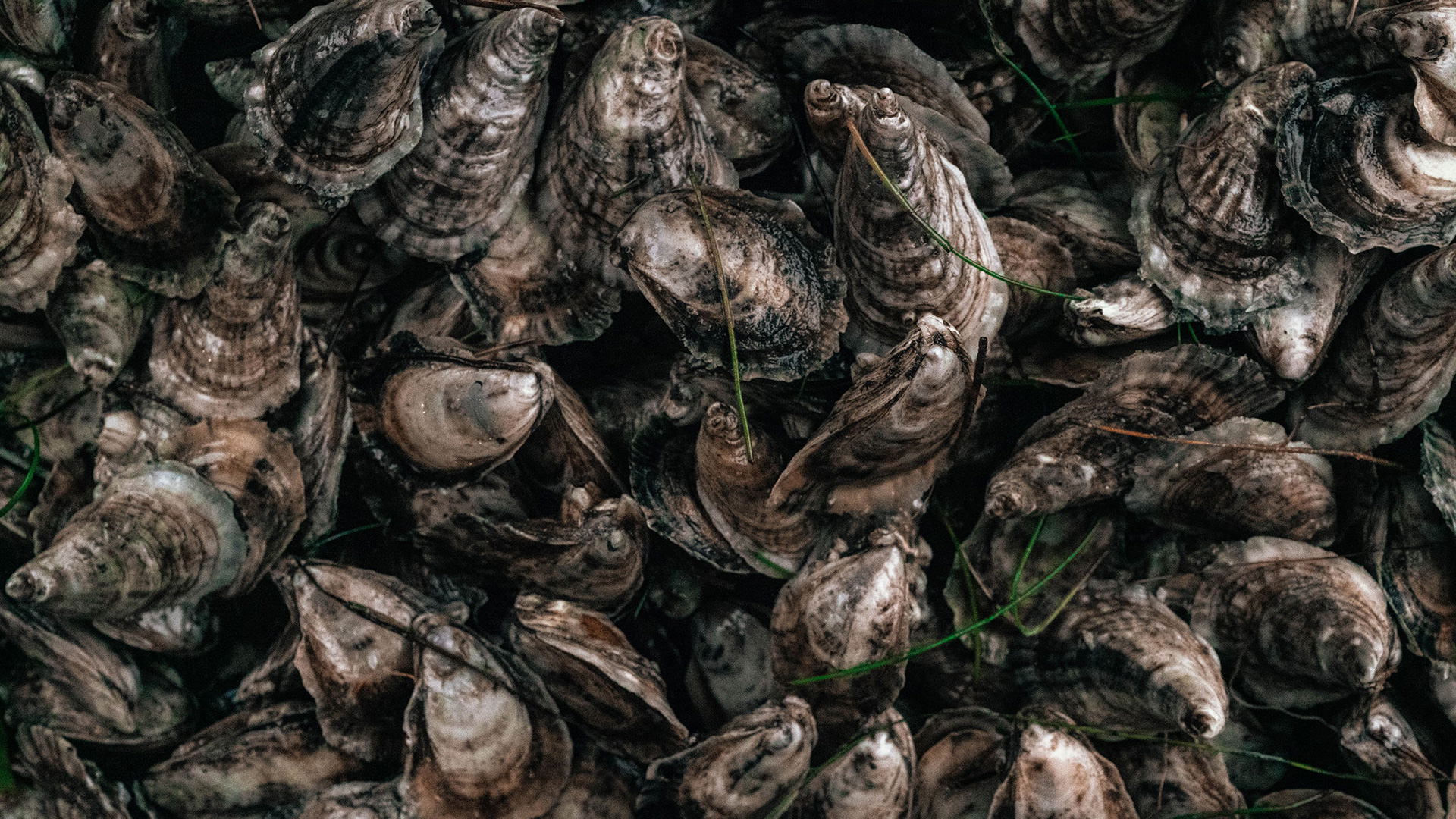
Oysters Spring Eternal
In Spring Creek, Florida, three young oyster farming operations demonstrate the modern response to the decline of traditional oyster harvesting along the Panhandle.
A 26-mile drive south from Florida’s state capital takes you to the tiny former fishing village of Spring Creek. There, three newly established oyster aquaculture businesses are learning the trials and errors of oyster farming together.
Spring Creek is quintessentially Old Florida. The “spring” in the town’s name actually comes from a collection of springs that together pump out more fresh water per day than any other spring system in the state. That creates a mix of fresh water from the springs and salt water from the Gulf that folks in the area will tell you makes for particularly good seafood. Farmers have been working out of Spring Creek for the better part of a decade, but in recent years, aquaculture has gotten a new focus. That’s thanks to the decline of the famous Apalachicola Bay just 50 miles to the west.
Apalachicola oysters are famous. They’ve been served across the globe. According to the University of Florida, Apalachicola at one point accounted for 10 percent of the oysters sold in the United States. Generations of North Florida oystermen have depended on the bay and a day spent tonging oysters for their livelihood until the state of Florida closed Apalachicola Bay to oyster tonging in December of 2020 — a move that wasn’t much more than a formality. A slurry of disparate factors had already effectively closed the bay.
There had been over-harvesting as fear spread that oil from the 2010 BP oil spill would harm the oysters. There was decreased water flow — possibly from drought, possibly the ebb and flow from controlled releases by the Army Corps of Engineers. And there was the three-decade dispute between Florida and Georgia over the use of the Apalachicola-Chattahoochee-Flint river basin, which runs from the mountains of northeastern Georgia all the way down to the Apalachicola Bay. Less water means a saltier bay and invites predators like the rapacious snails known as oyster drills, which kill off the young oyster larvae known as “spat.”
Regardless of these factors, the result remains that no one may tong for oysters in the bay until at least the end of 2025. during which time officials hope the oyster reefs and populations will regenerate. Tonging is the centuries-old method of harvesting oysters by using giant tongs to pull them up from their beds, and that method for years made Apalachicola a dominant force in oyster production.
But now, the methods for oyster harvesting are changing. Over in Spring Creek oyster farmers don’t tong: They plant spat in cages or bags that are submerged below the water, then hauled up as the oysters grow. Time, patience and a strong back are required for the hands-on process. The Spring Creek farmers have faced pushback, even vandalism from old timers who wish for the return of old ways and turn up their noses at the farmed mollusks, but the Spring Creek farmers are slowly changing hearts and minds. The oft-repeated rule of thumb about only eating oysters in months that include an R in their name doesn’t apply to most farmed oysters, since the bivalves are sterile and don’t breed. They make good eating year-round. And lately, Spring Creek Oysters are turning up on plates as far away as Atlanta, Georgia.
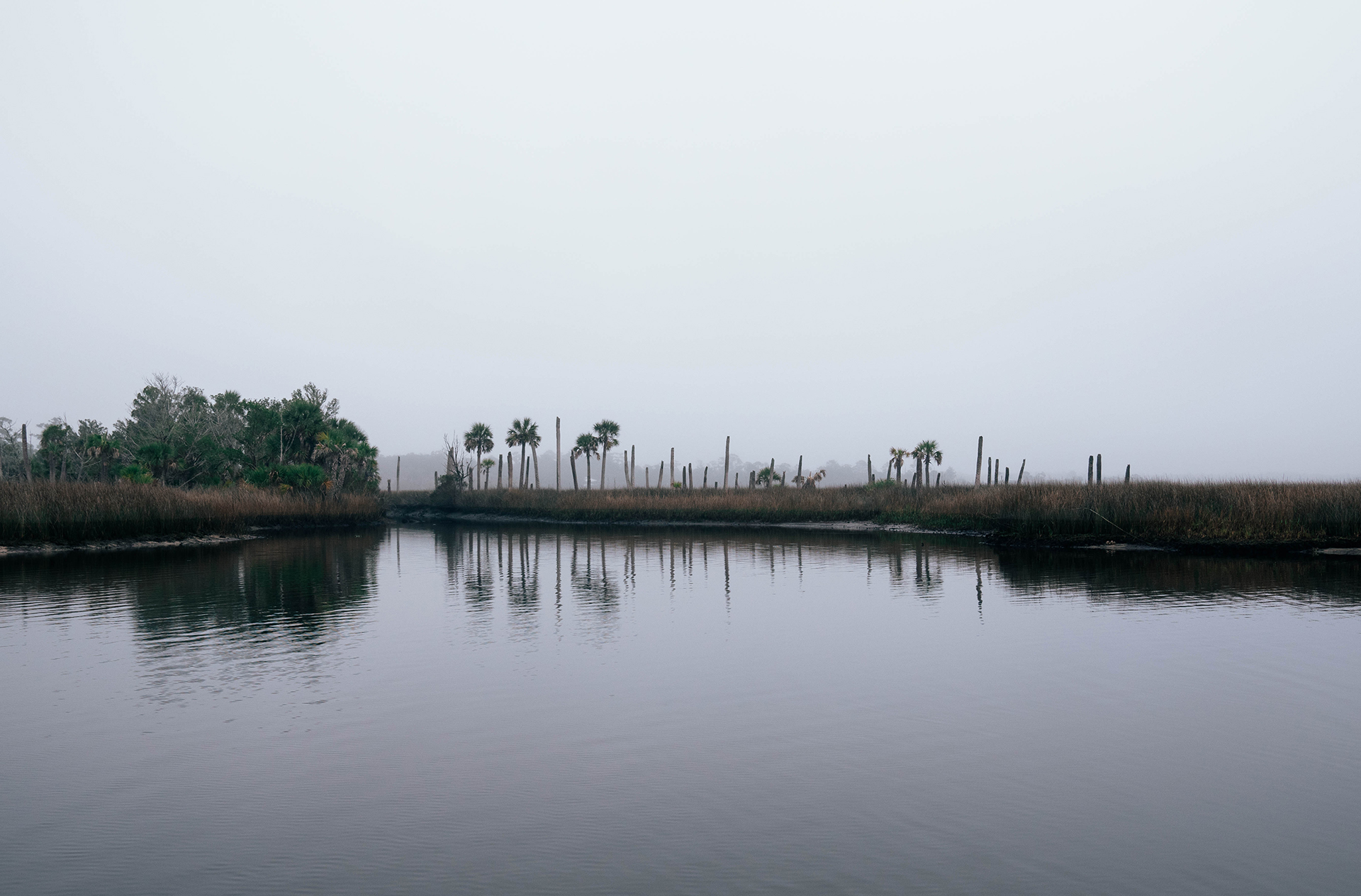
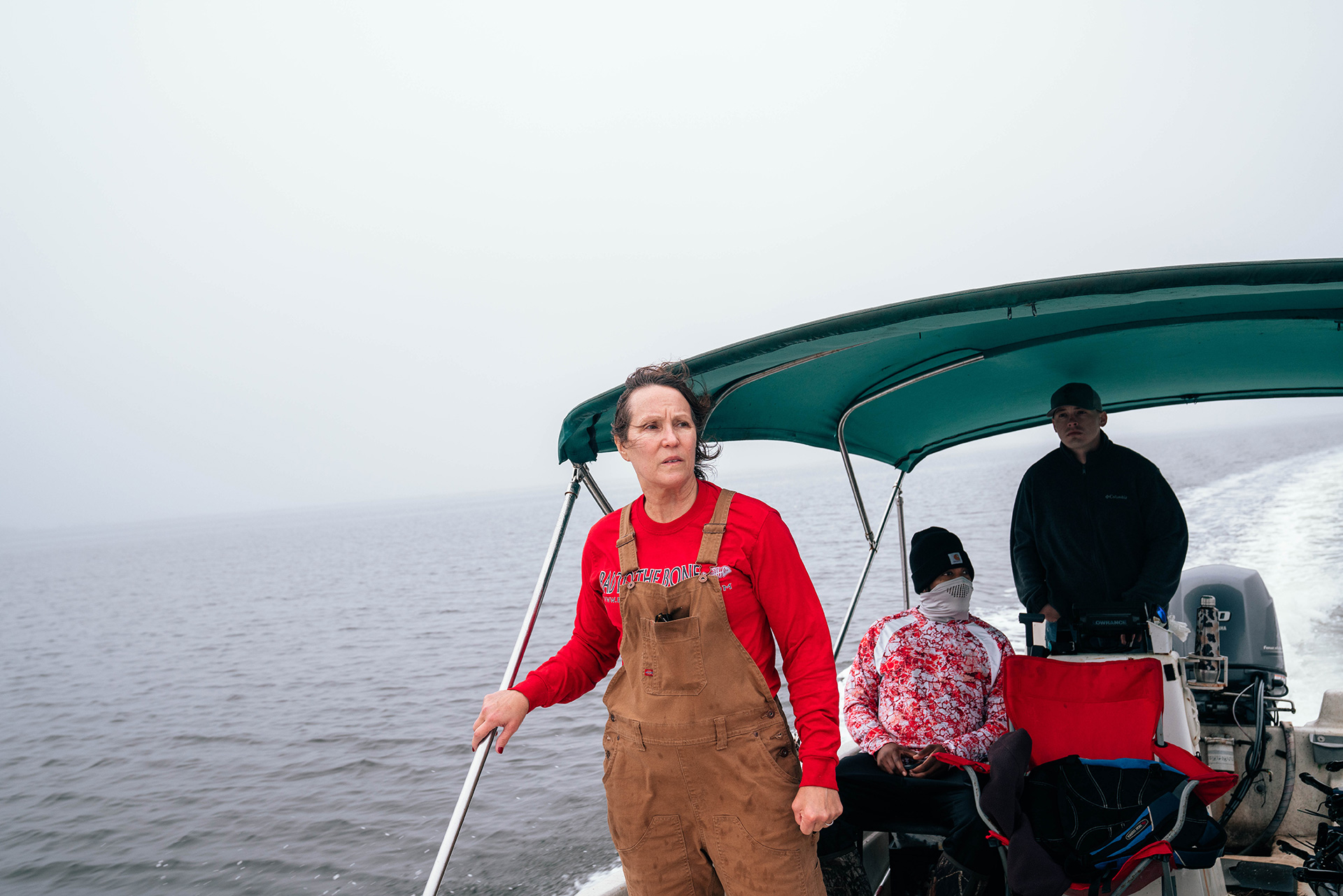
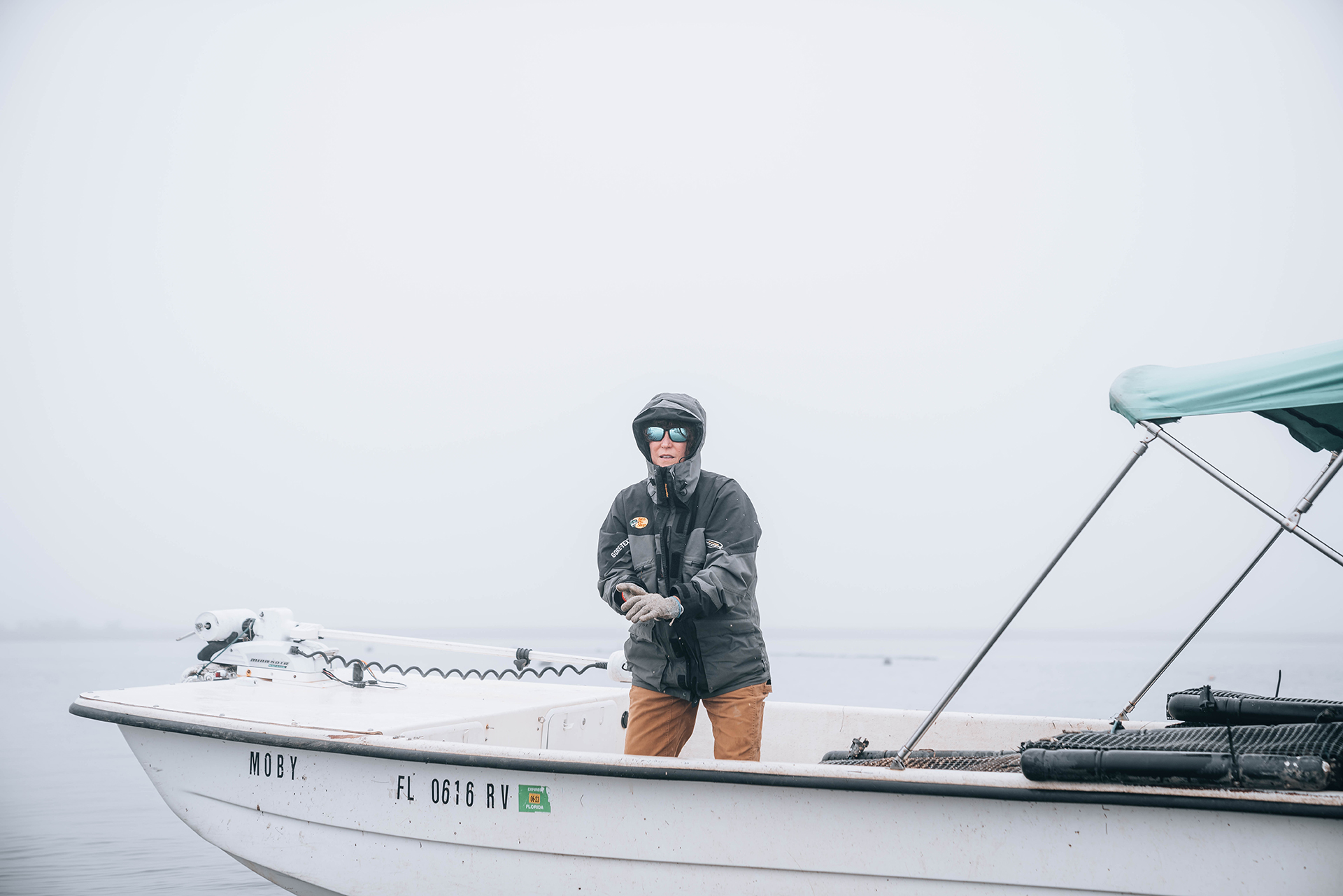
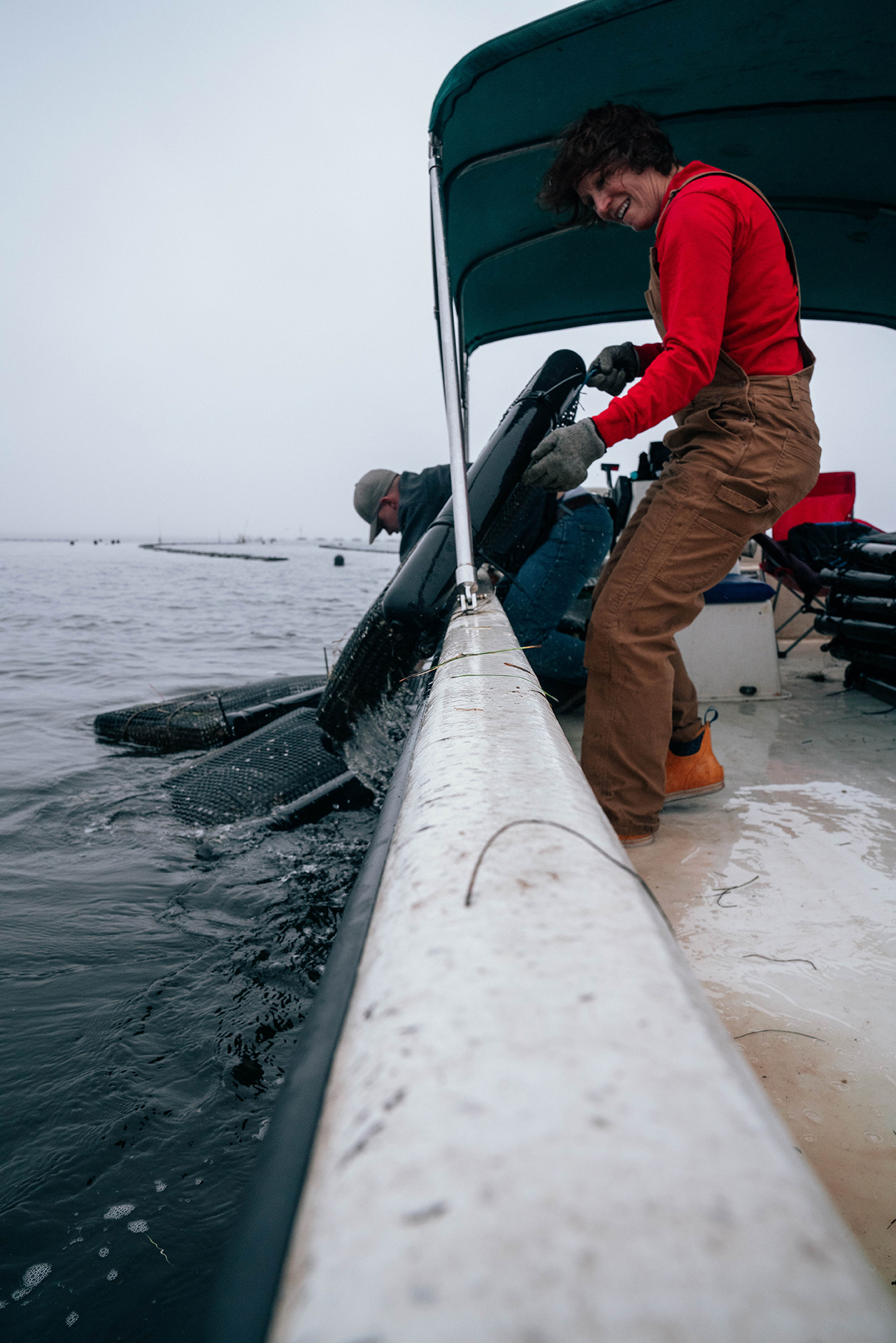
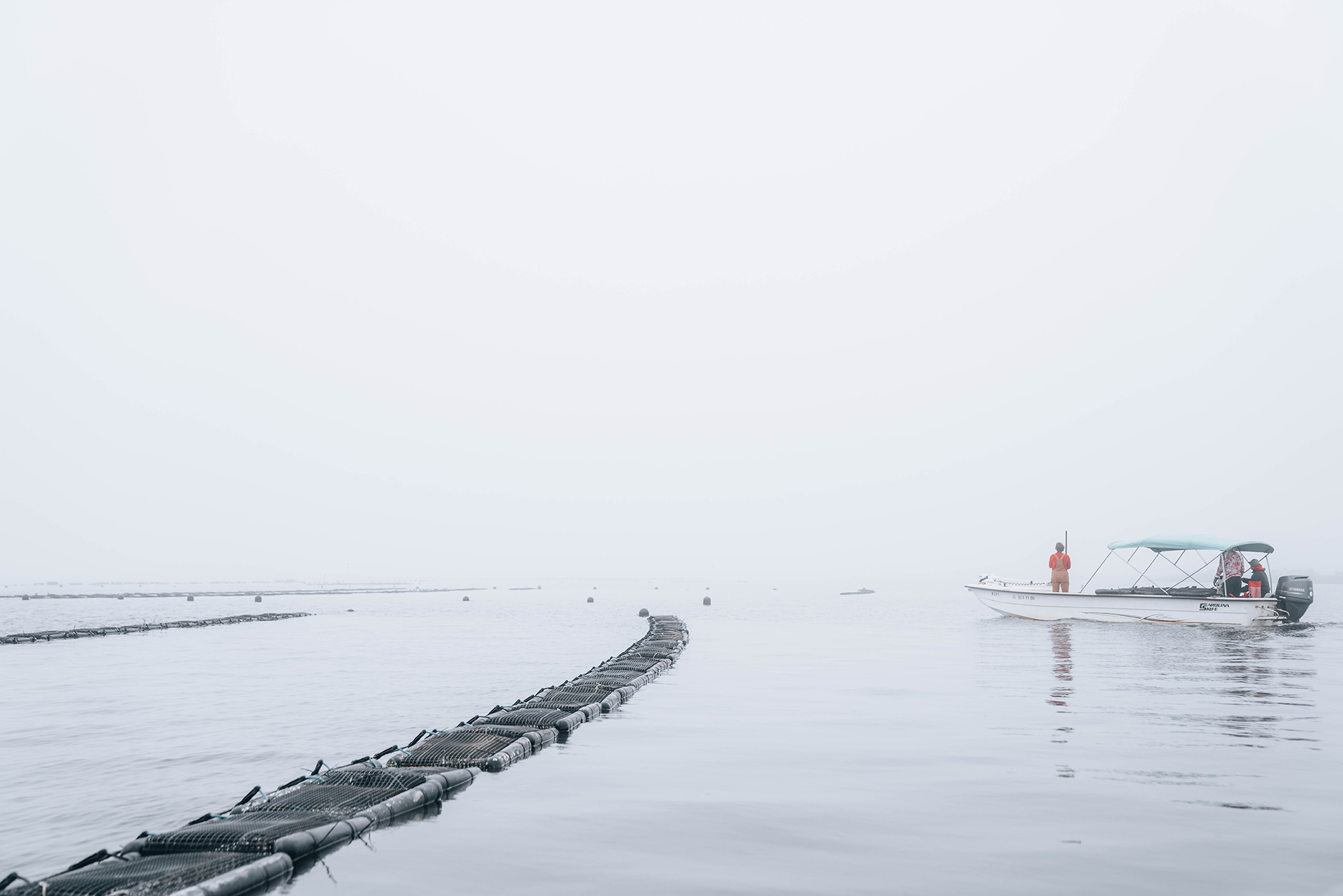
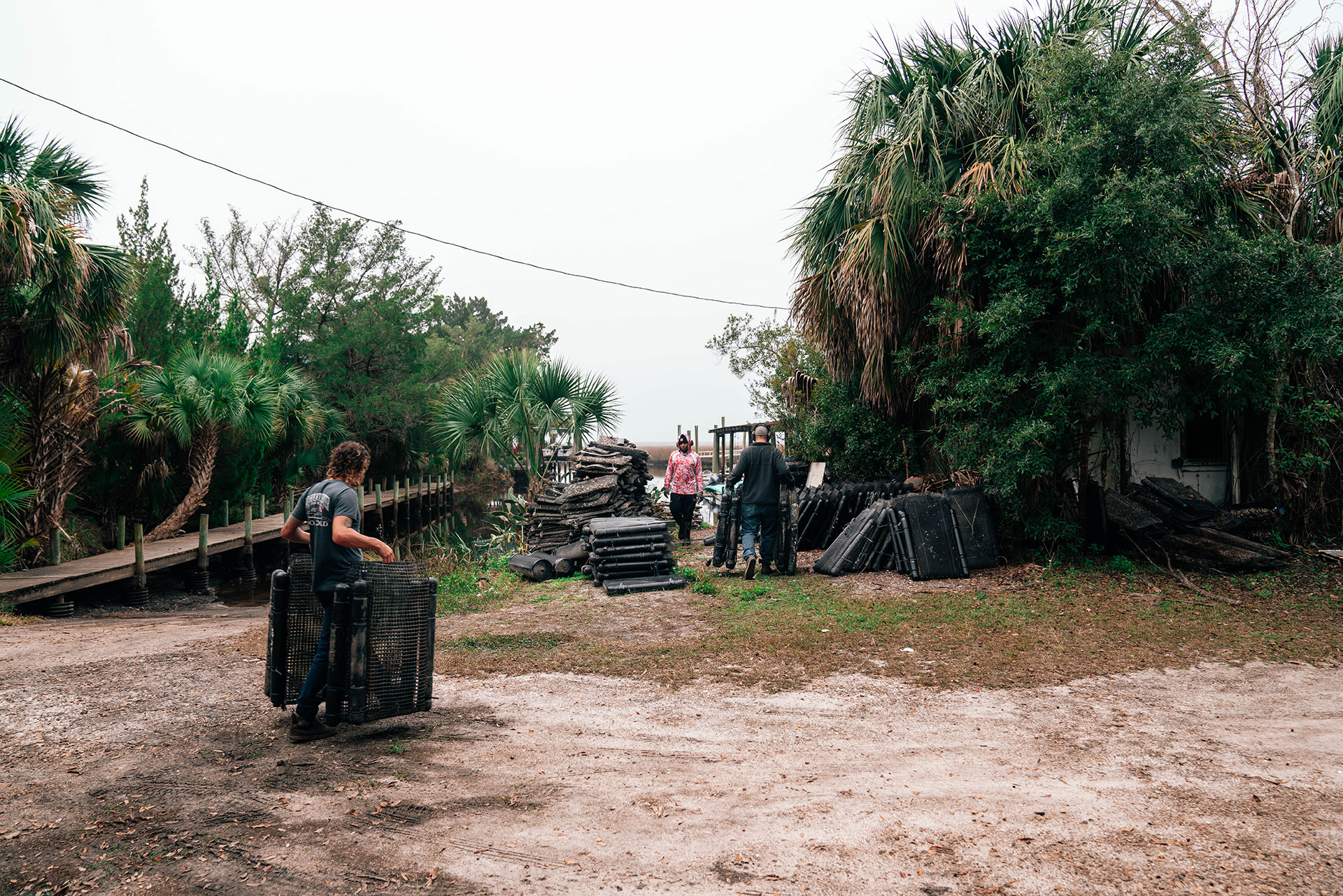
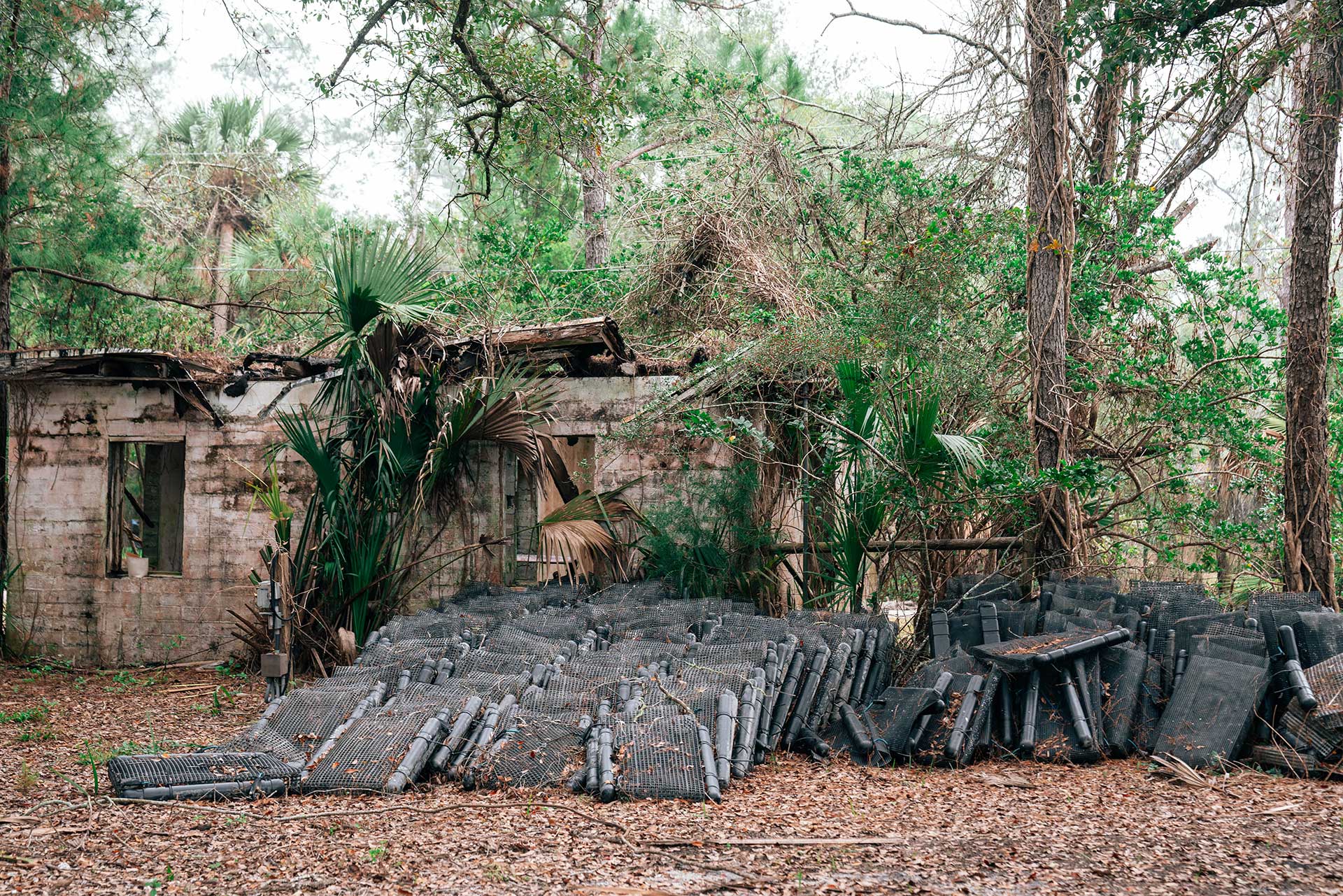
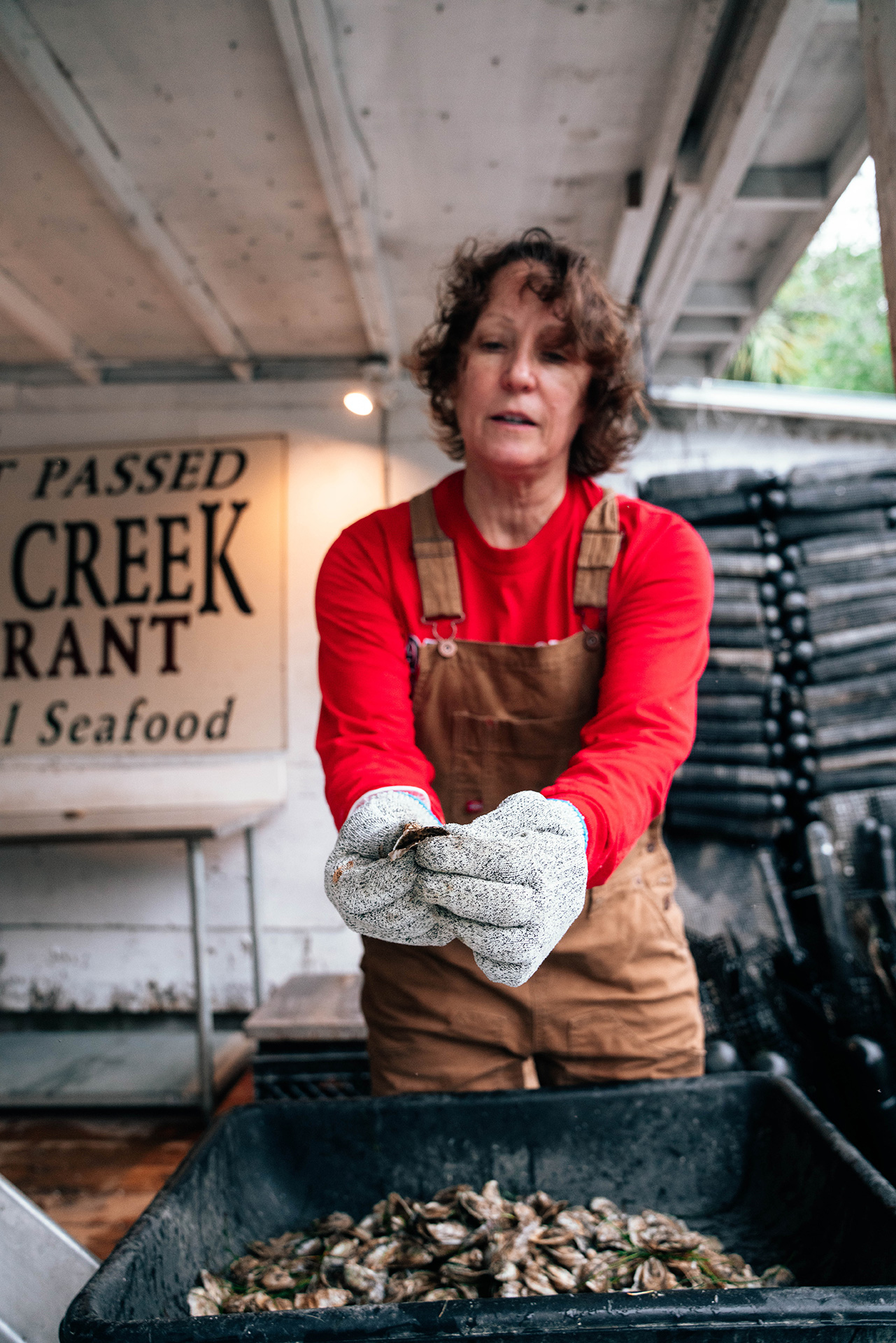
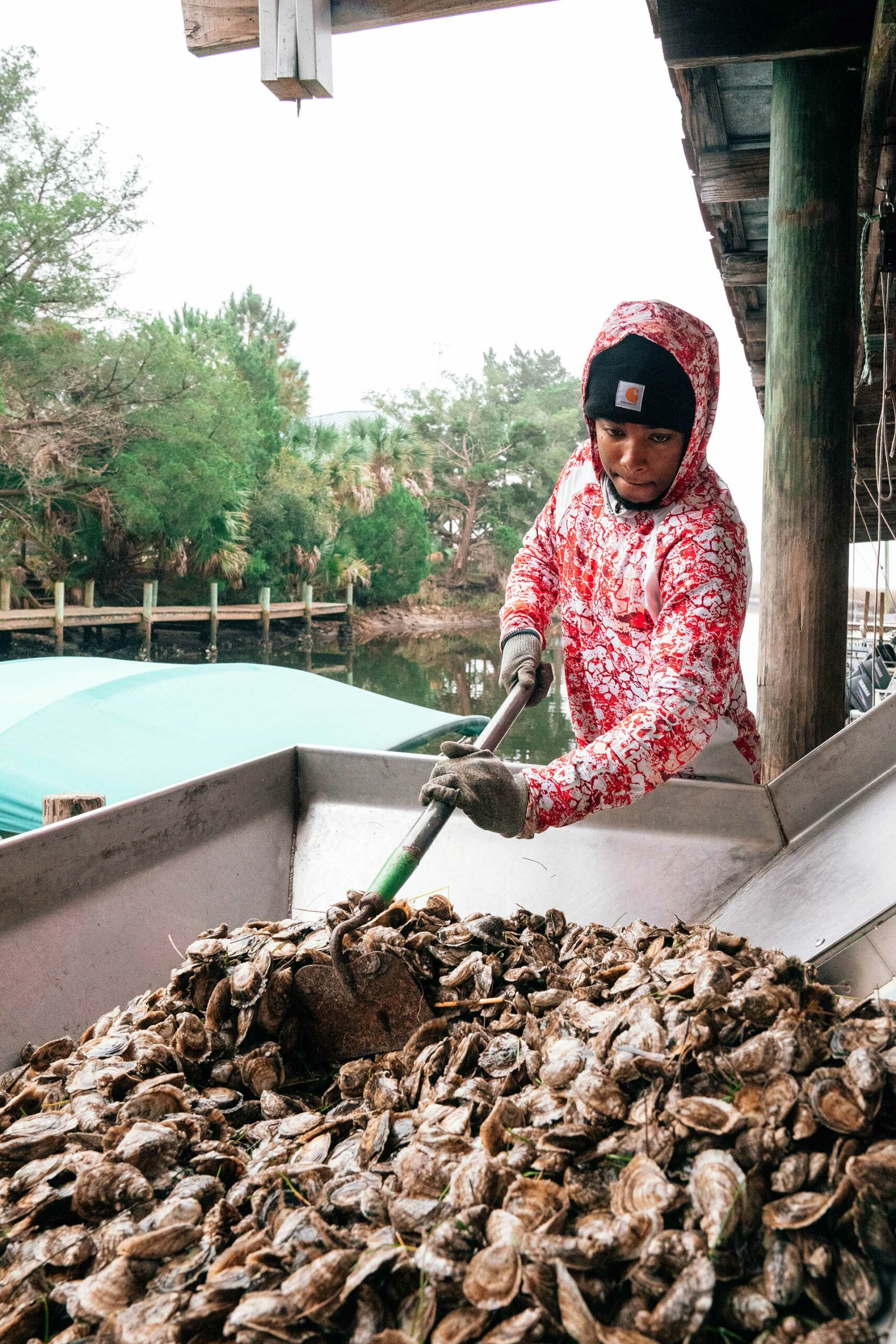
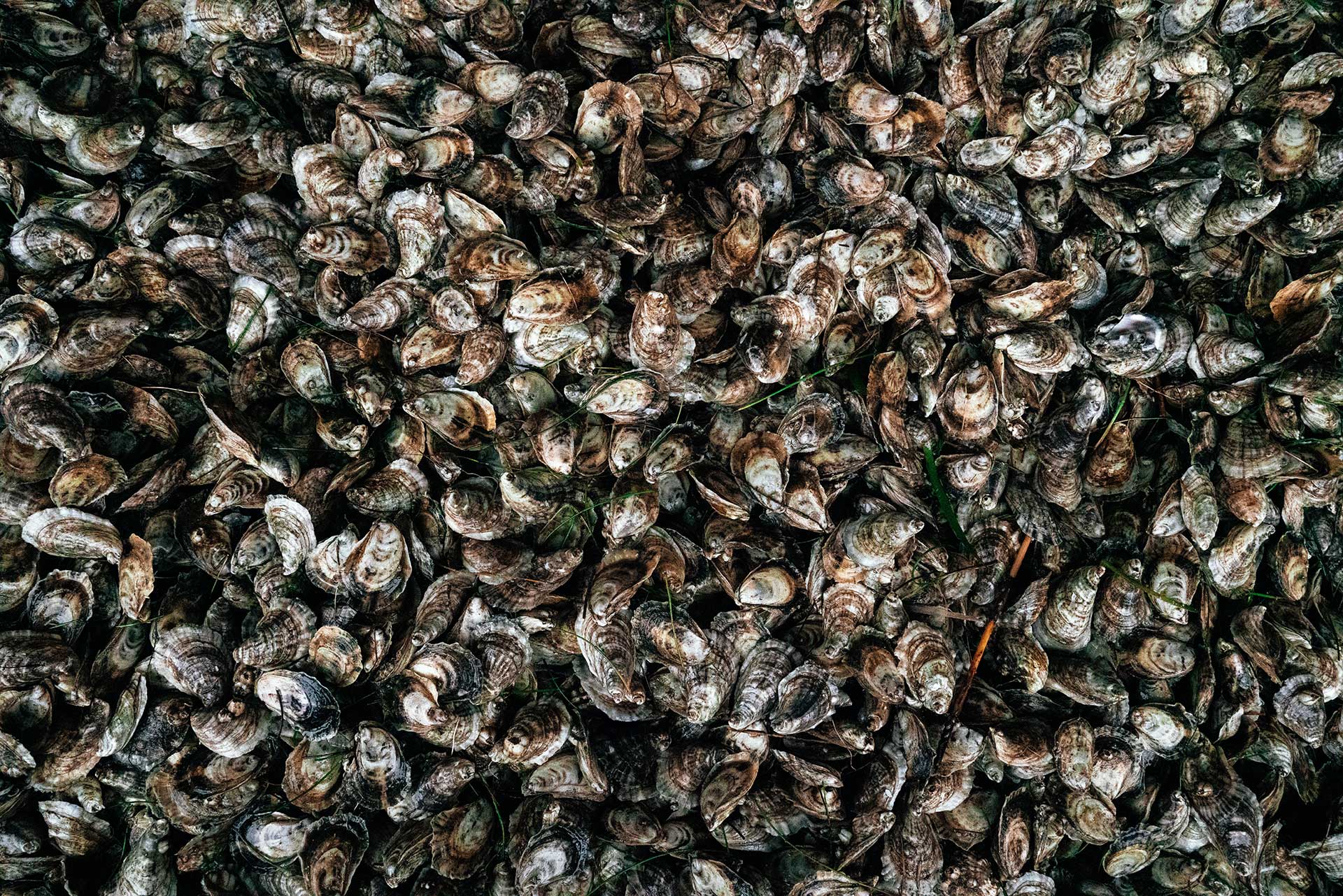
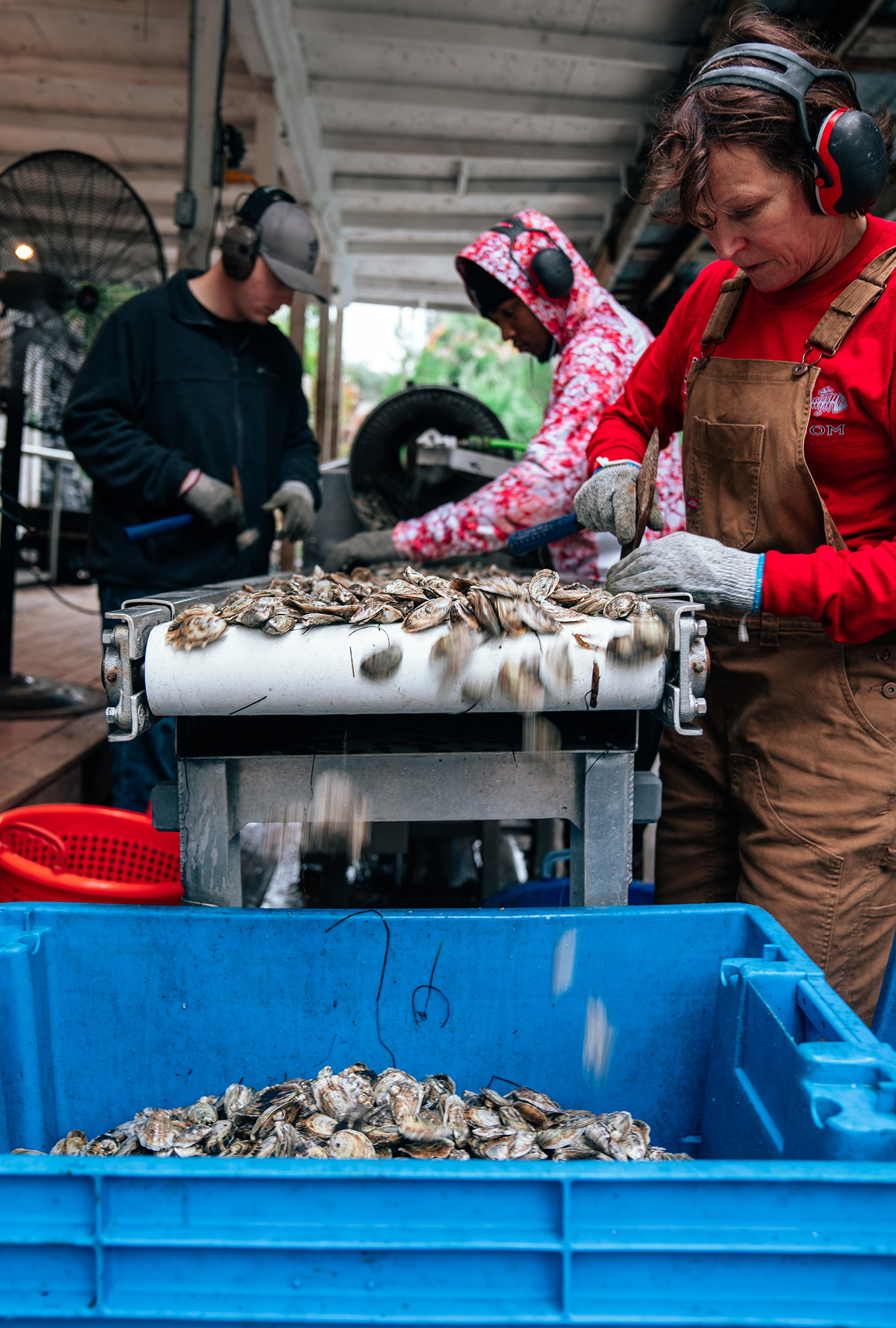
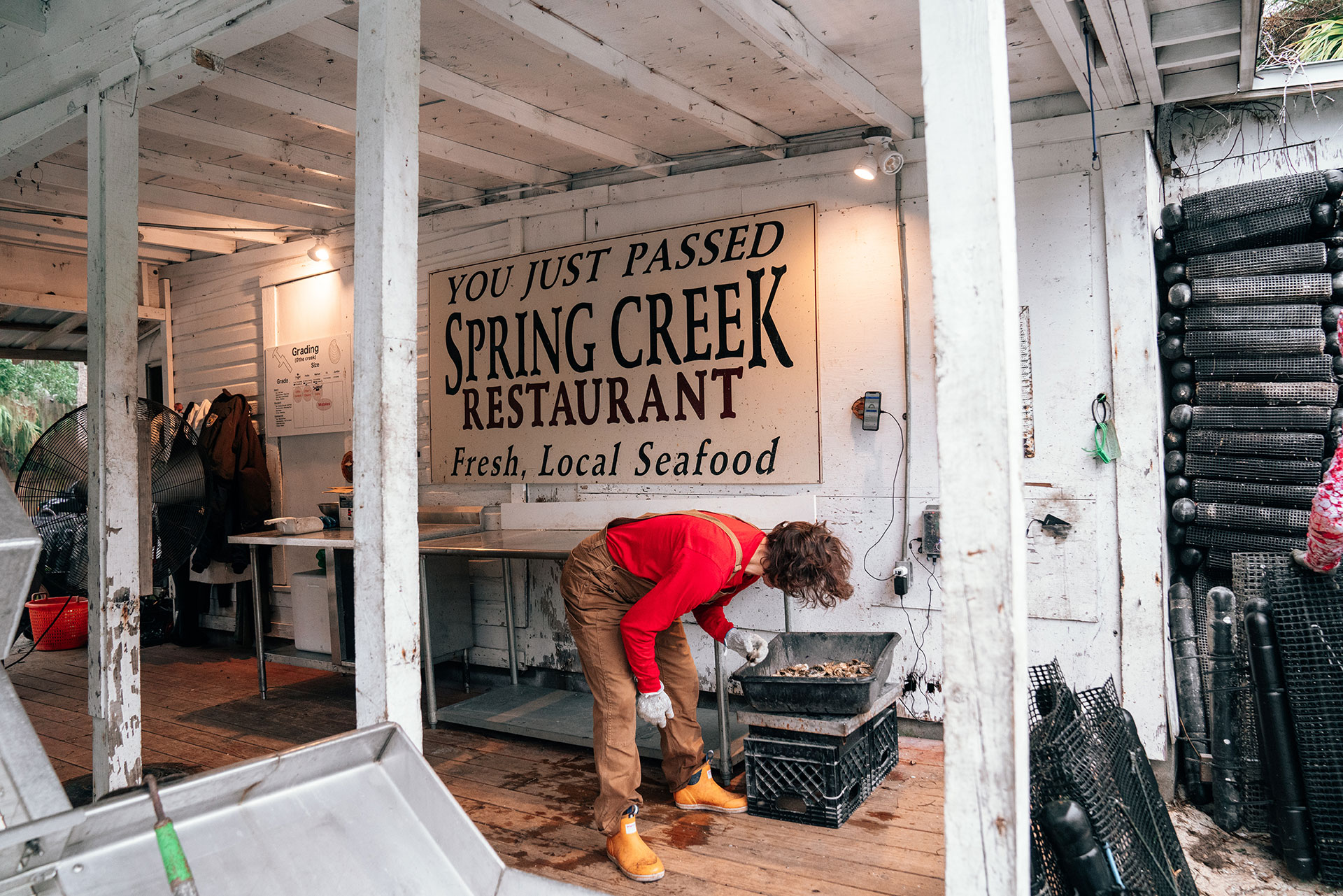
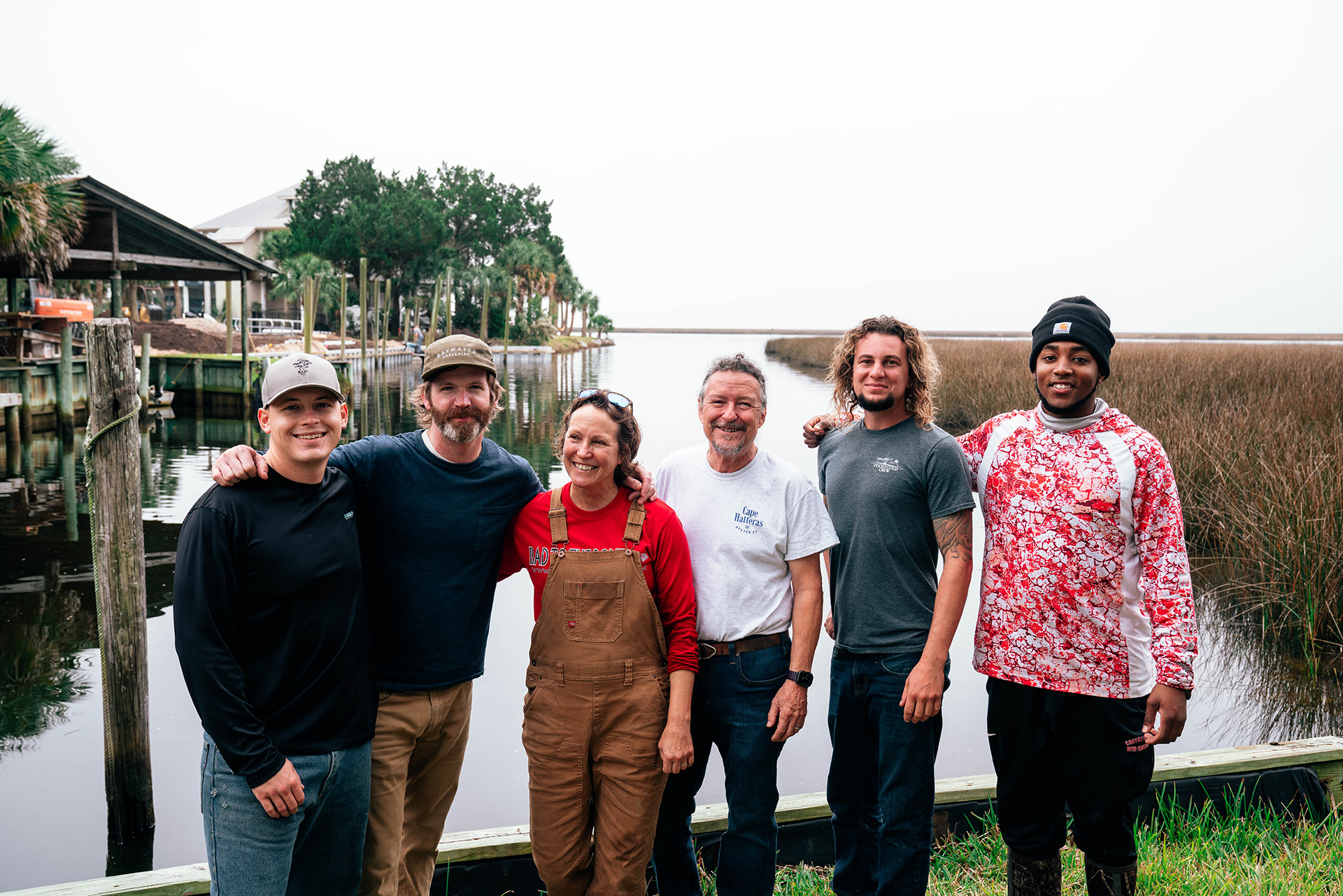
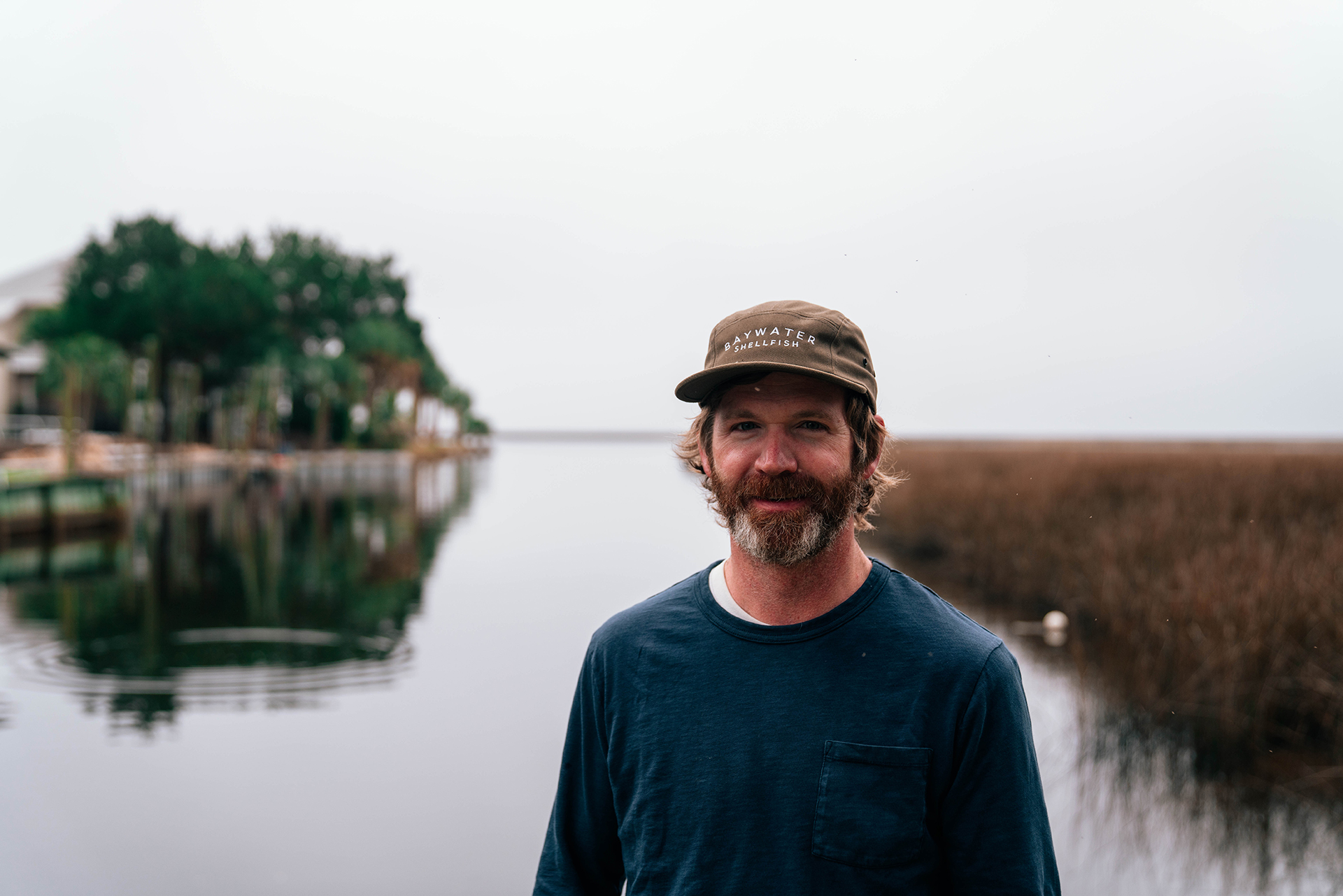
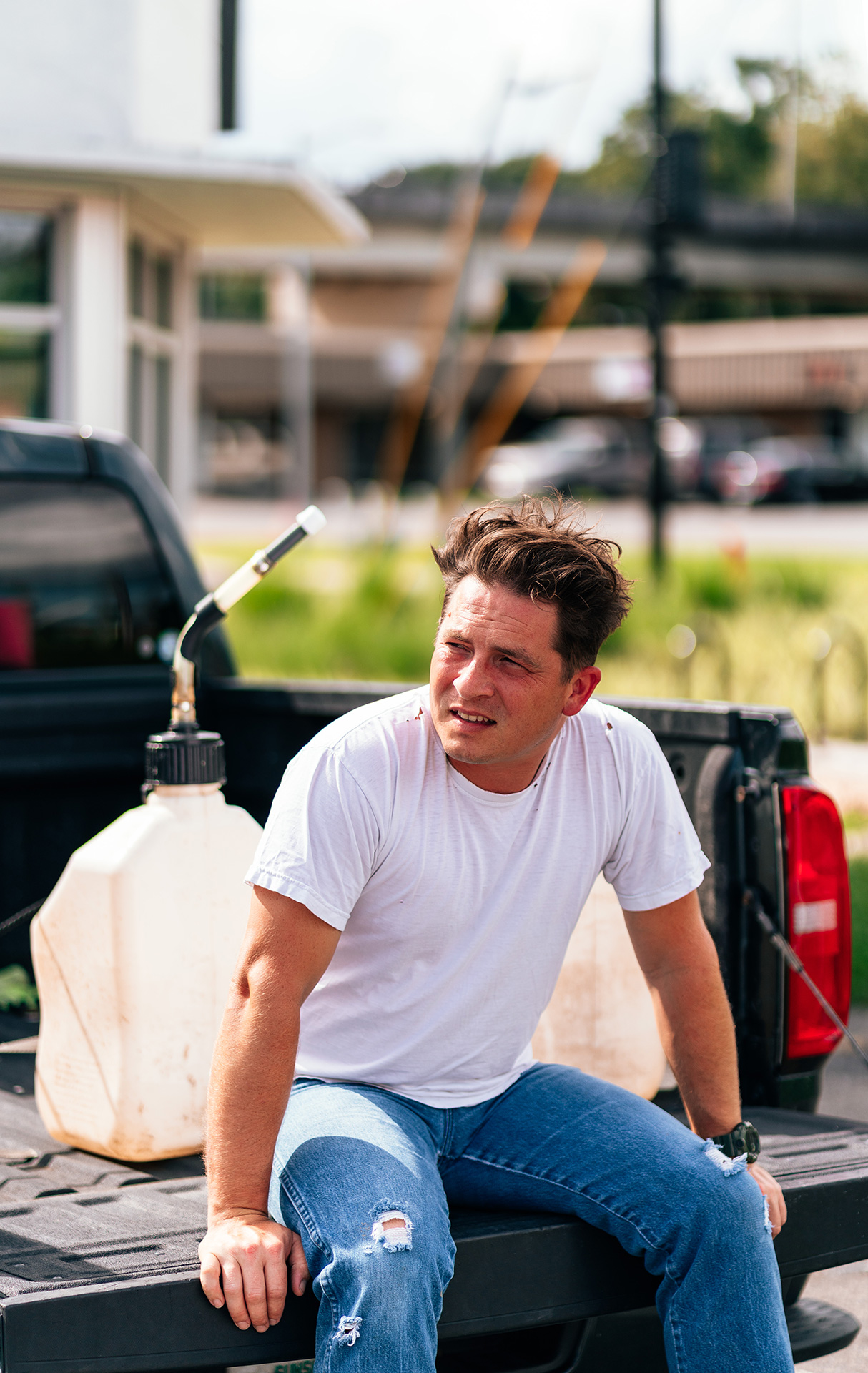
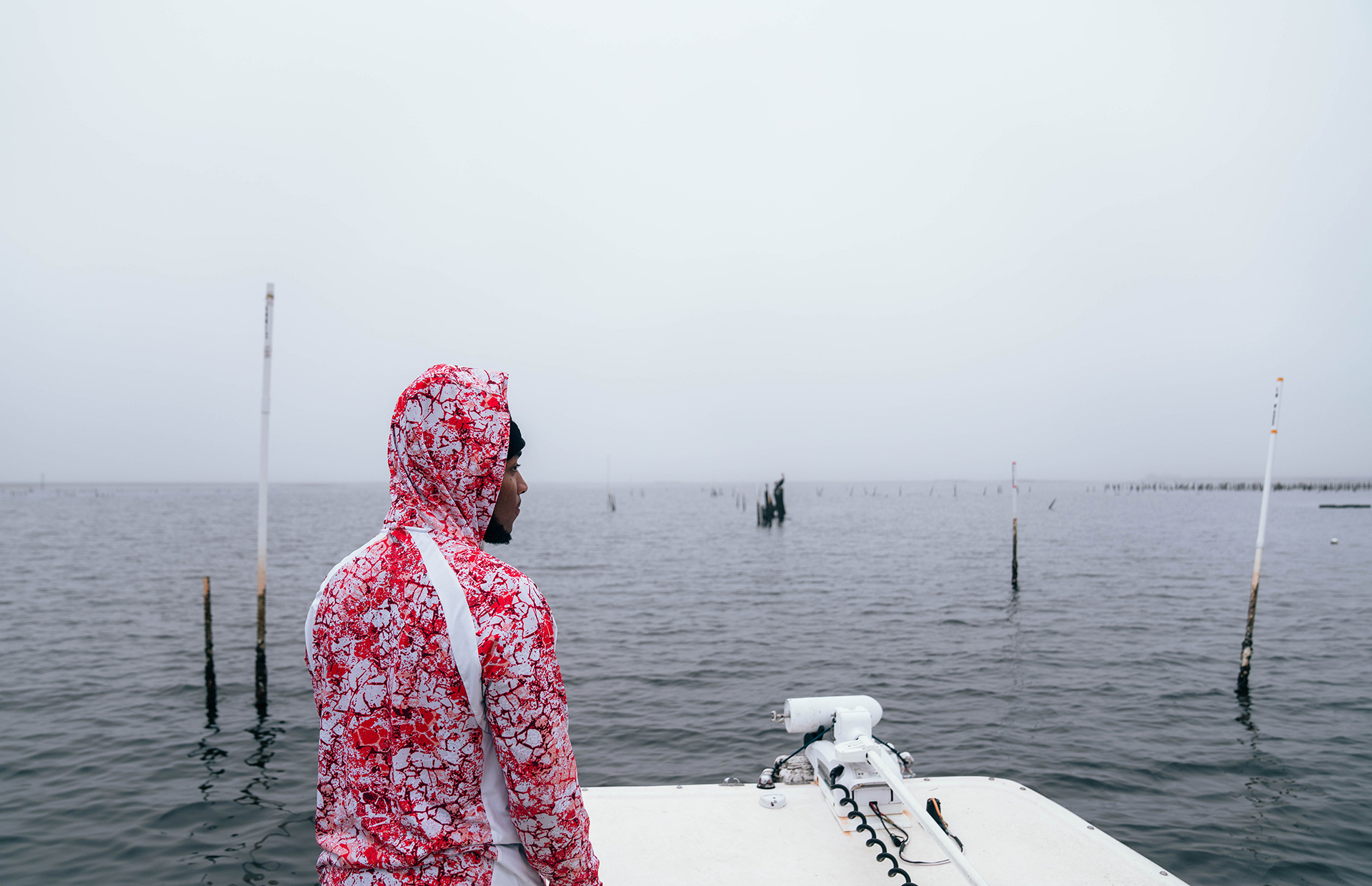
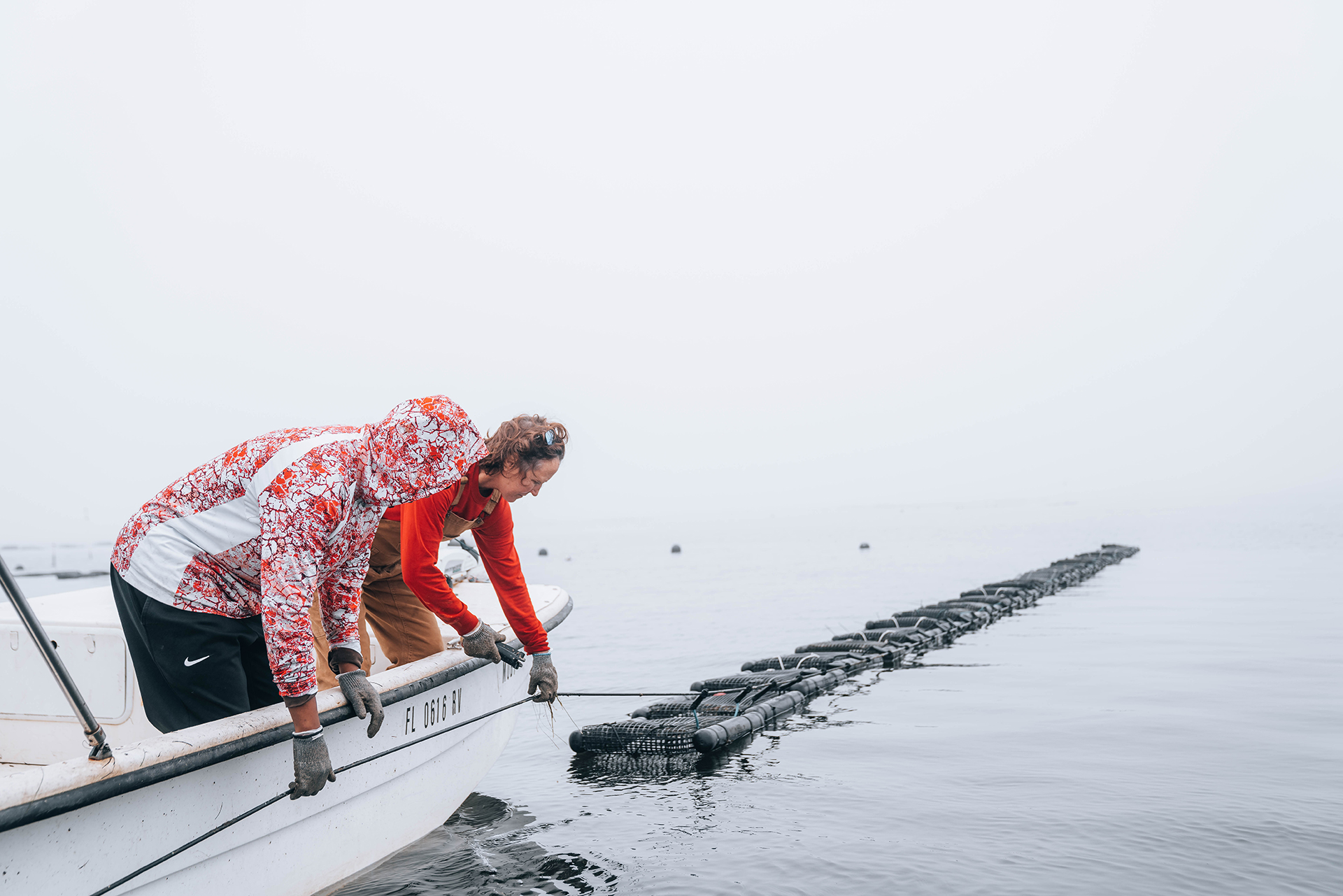
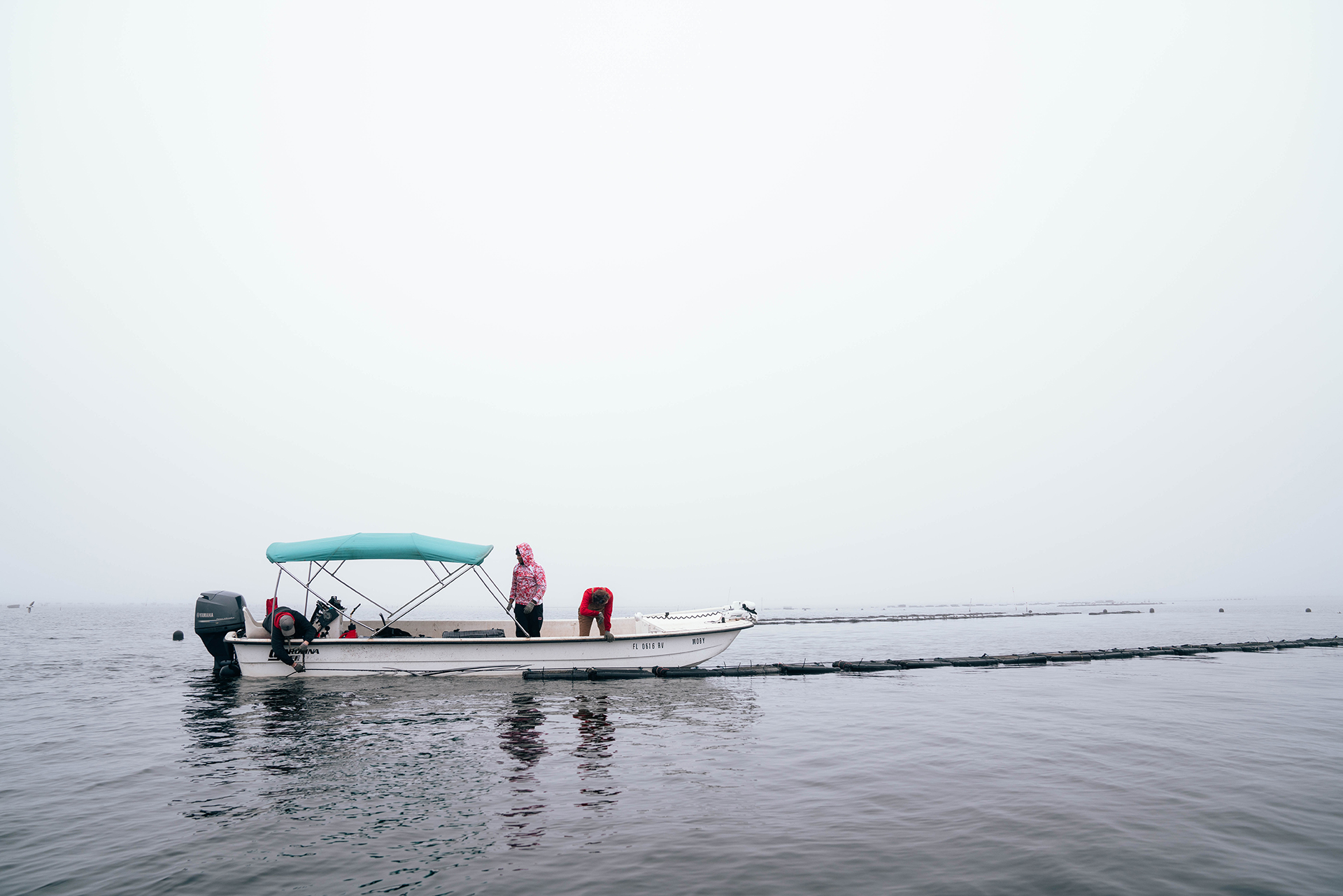

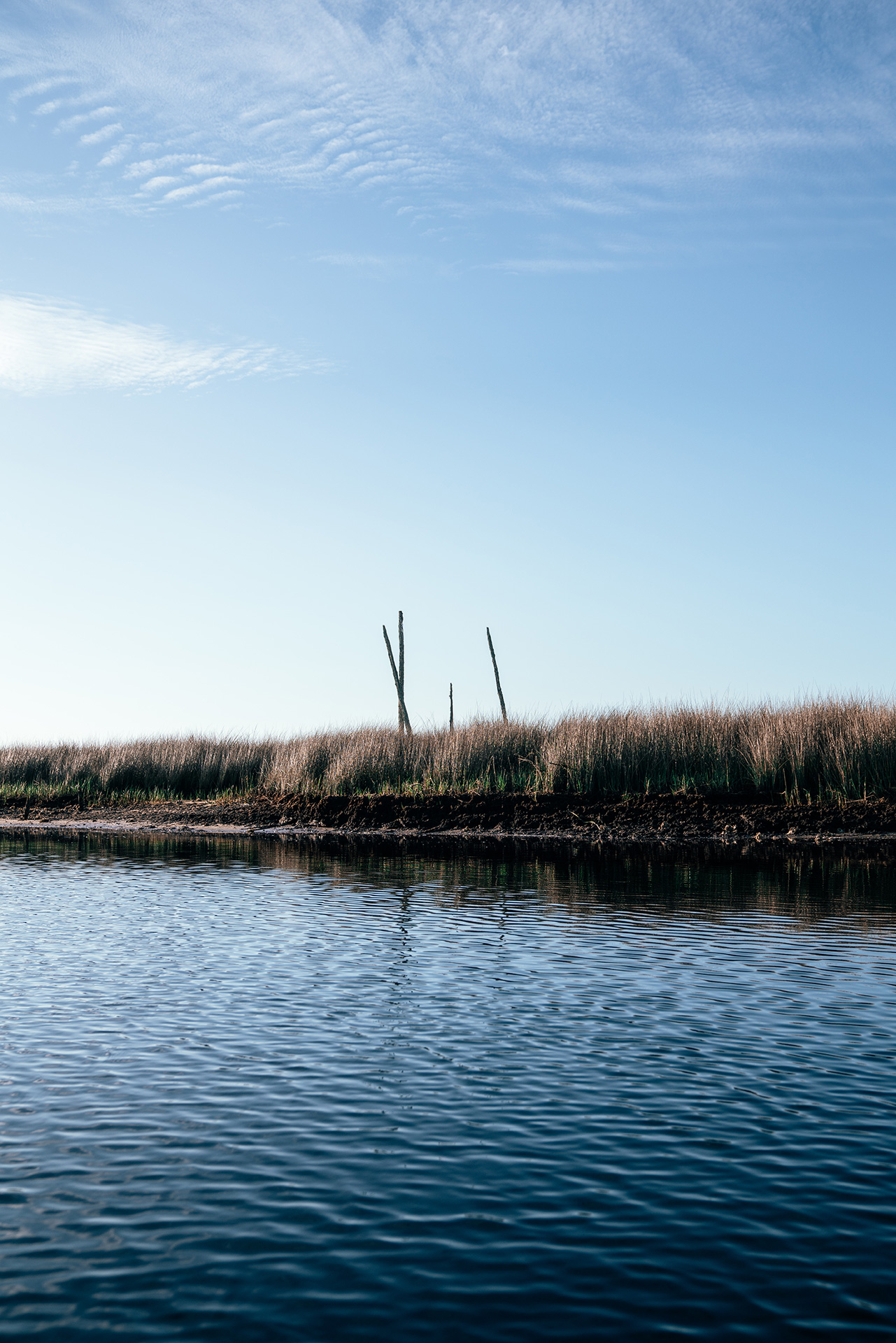

I never knew much about oysters let alone oyster farming. I feel like I learned a lot. I think farming is as difficult as it is rewarding. The photography shows what that lifestyle is like and what the environment is like.